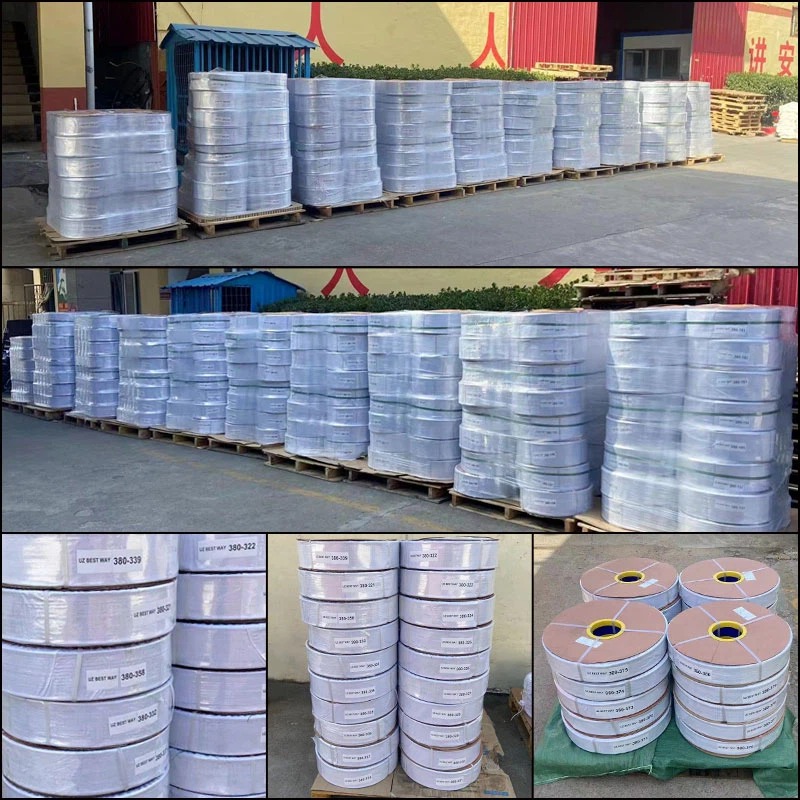Reasons For Leakage Of Drip Irrigation Belt Nozzles
One of the more common irrigation methods in many agricultural plantings is drip irrigation belts, but the normal operation of the equipment mainly relies on the sprinklers, but the equipment has been used for a long time or due to some external factors, various problems will occur. However, The leakage of sprinkler heads is one of the more common problems. The leakage of sprinkler heads will cause the equipment to not be able to irrigate normally, resulting in uneven irrigation of crops. What are the reasons for this problem?
1. There is a problem with the sealing ring of the drip irrigation belt: there is a dislocation between the sealing ring and the lifting column or there are sand and gravel. Remove the sand or gravel and keep the sealing ring in close contact with the lifting column. Worn seals. Replace the sealing ring.
2. The sprinkler is broken: the system pressure is too high, which exceeds the maximum working pressure that the sprinkler can withstand; man-made damage: the lawnmower will break the exposed sprinkler when it is working, or heavy machinery will enter the lawn to crush it.
3. The drip irrigation belt nozzle and the pipeline are not well connected. The nozzle and the pipeline should be connected tightly, and material tape should be used if necessary.
Through the above introduction of the reasons for the leakage of drip irrigation belt sprinklers, it is not difficult to see the reason for this phenomenon, mainly because the daily cleaning and installation are not in place, which leads to the leakage of equipment sprinklers, because the use of equipment is to save water resources. However, because the leakage of the sprinkler head will cause a large amount of water waste when the equipment is irrigating, in order to reduce the waste of water resources and normal use, the equipment should be regularly inspected and cleaned and maintained in the process of daily use, so as to make the equipment It will not be damaged for some reasons, affecting the normal use and the service life of the equipment.




